Publications, resources and tools to guide and support the presentation of media arts online.
Indigenous
10 articles
Think Before You Appropriate: A guide for creators and designers
People and cultures have always exchanged and borrowed ideas from each other to create new forms of art and symbolic expression. Whether intentionally or not, most if not all human creations reflect varied sources of inspiration. Why, then, are some products negatively labelled “cultural appropriation” or their creators accused of disrespecting the very cultures they found inspiring? And why do products inspired from Indigenous cultural heritage seem to spark particularly strong reactions and pushback? This guide, developed by The Intellectual Property Issues in Cultural Heritage (IPinCH), unpacks these important questions. It provides advice to designers and marketers on why and how to avoid misappropriation, and underlines the mutual benefits of responsible collaborations with Indigenous artists and communities.
Interactive Territory, Treaty and Language Map (Native Land)
This resource, developed by Native Land, was created in order to offer a view of the territories, treaties and languages of Indigenous people across Canada. There are over 630 different First Nations in Canada, though this map does not represent or intend to represent official or legal boundaries of any Indigenous nations. The resource is interactive — you can toggle filters on and off and read more detailed information about specific nations through links to related sites. The website also features a section on territorial acknowledgements, which includes a brief introduction to acknowledging the land and suggestions of how to engage meaningfully with this practice.
Understanding Aboriginal Arts in Canada Today: A Review of Knowledge and Literature (Canada Council for the Arts)
This knowledge and literature review examines a broad range of material on Aboriginal arts in Canada. Recognizing the importance of oral traditions in Aboriginal knowledge transfer, it also includes information gathered through one-on-one interviews with six senior Aboriginal artists. The study is a component of the Aboriginal Arts Research Initiative (AARI), which aims to better understand the specificities of Aboriginal art practices, explore the impact of the arts within Aboriginal communities, investigate the impact of Aboriginal arts in Canada and internationally, and generate interest in research related to Aboriginal arts among other partners, both at national and provincial levels.
Guidelines for working with First Nations, Inuit and Métis Elders (CACE)
The purpose of this document is to establish protocol and guidelines for working with Elders, to ensure consistency in extending invitations, respectful care, providing honouraria and compensation for additional costs. These guidelines are meant for students, faculty and staff of Carleton University, who will be working with Elders on- or off-campus, for university purposes. Any other organization can be inspired by these guidelines and adapt them to their own structure. This document was prepared by the Centre for Aboriginal Culture and Education at Carleton University.
Cultural Representation in the Media Arts, Ethics and Freedom of Expression (FOFA Gallery)
On March 16, 2016, Concordia University’s FOFA Gallery presented a round table panel discussion looking at the recent controversy surrounding the film Of the North which raised many questions about cultural representation, and the ethics around production and dissemination of a work that perpetuates negative stereotypes of marginalized peoples. This edited version (the original recording is three hours long) of the round table includes excerpts from the various perspectives of the panelists and members of the audience.
Learning From Indigenous Non-Governmental Organizations: A Case Study of Three INGOs in Canada with Transformative Impact on their Communities (Tides Canada)
This report summarizes case study research based on three Indigenous Non-governmental Organisations (INGOs) in Canada having a transformative impact in their communities—Qqs Projects Society, Storytellers’ Foundation, and Ilisaqsivik Society. They are unique organizations that reflect distinct places, people, cultures, histories, and socioeconomic contexts. However, they share many common experiences and observations about what has enabled them to succeed and what continues to challenge them in their work. The primary purpose of this research is to deepen understanding of successful INGOs so that they can be better supported and established in other communities.
Final Report of the Truth and Reconciliation Commission of Canada (TRC)
This is the Final Report of Canada’s Truth and Reconciliation Commission and its six-year investigation of the residential school system for Aboriginal youth and the legacy of these schools. The report includes the history and legacy of residential schools, the Commission’s 94 recommendations for action and more.
Toolkit for Cree Social Entrepreneurs
This toolkit is a set of comprehensive and user-friendly content, templates, and to-do lists specifically developed for Northern Quebec Cree Social entrepreneurs. It is equally applicable to other First Nations communities and non-profit arts organizations with similar organizational structures. A series of Fact Sheets at the beginning summarizes each topic for fast reading.
Cultural Diversity in the Media Arts (NIMAC – IMAA)
A toolkit to promote the presence of media artists and audiences from ethno-racial and Indigenous communities.
